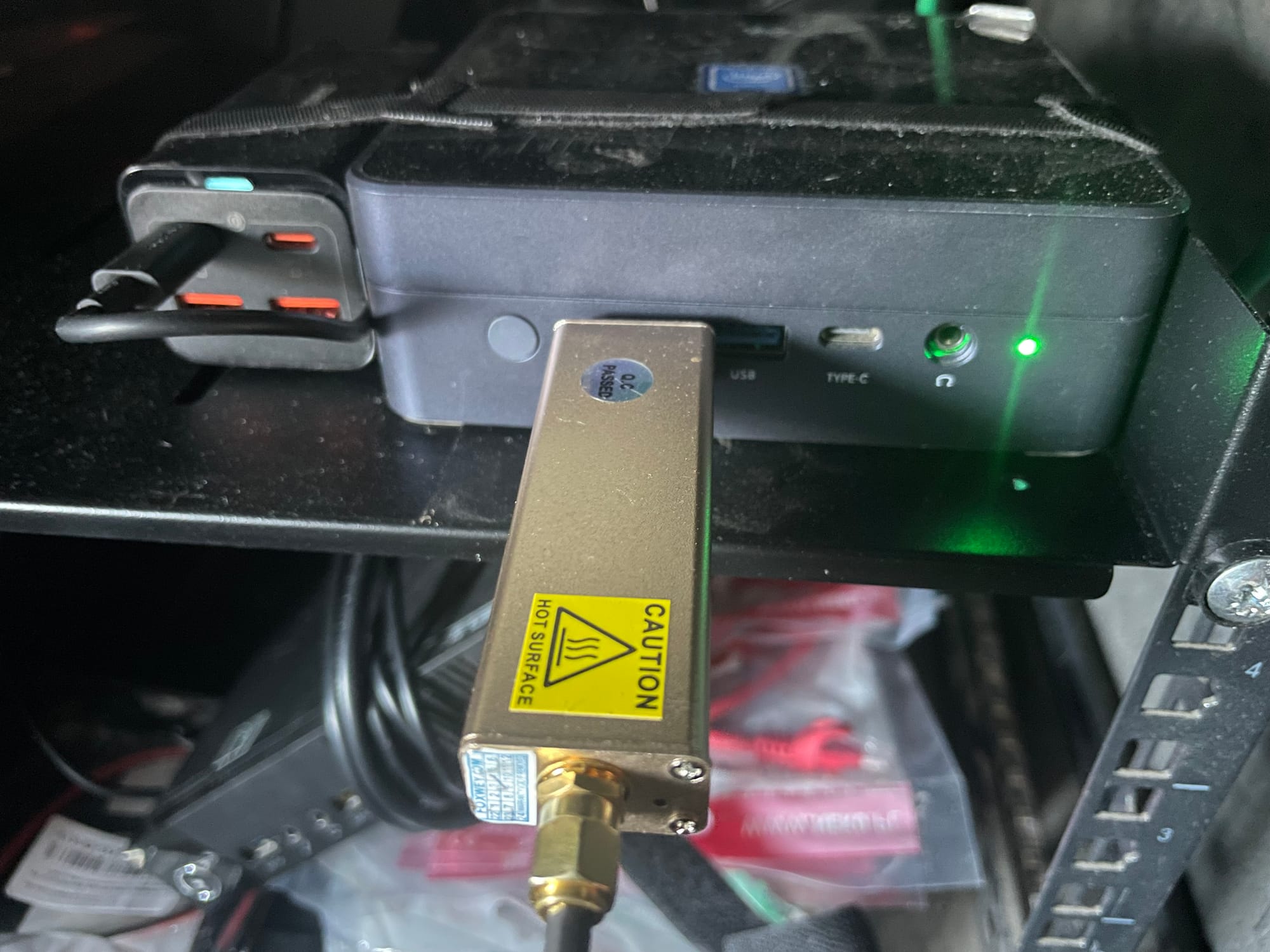As someone deeply involved in the IT world, I'm used to dealing with digital and logical stuff. My daily grind involves APIs, structured data, and predictable network packets. But recently I fell into a new passion that revealed an invisible, chaotic, and utterly fascinating world surrounding us all: the world of Software-Defined Radio (SDR).
It all kicked off with a tiny, cheap RTL-SDR dongle and a decent outdoor DVB-T antenna. What was supposed to be a simple experiment quickly morphed into a full-blown project, uncovering signals and secrets I had no idea existed.
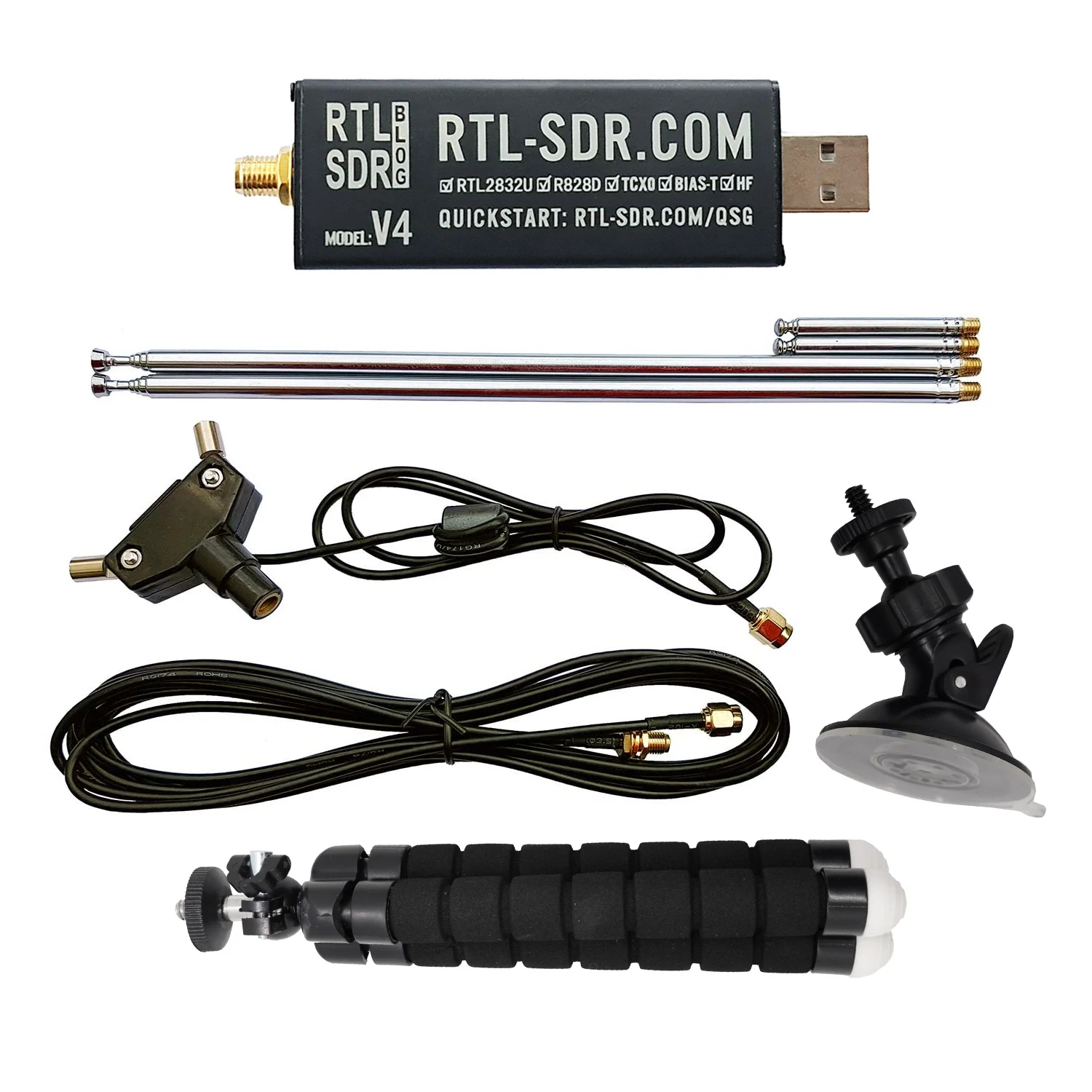
The Setup: An IT Guy's Take on Radio
True to my background, I didn't want to be chained to a single computer. I spun up OpenWebRX+ inside a Docker container on my home server. This piece of software turns the RTL-SDR into a network-accessible resource, letting me access my radio receiver from any device on my local network through a browser. No more being stuck to one machine; my radio is now a personal 24/7 streaming service.
The Technical Heart: Docker and OpenWebRX+
For those interested, here's the docker-compose.yml file powering my setup. Simple but effective, it ensures the container has the necessary hardware access and persistent storage for configs.
services:
owrx:
image: 'slechev/openwebrxplus-softmbe:latest'
container_name: owrx-mbe
restart: unless-stopped
ports:
- '8073:8073'
environment:
TZ: Europe/Warsaw
OPENWEBRX_ADMIN_USER: admin
OPENWEBRX_ADMIN_PASSWORD: admin
devices:
# Map the entire USB bus, not a specific device!
# This is crucial for OpenWebRX to find the SDR dongle after a host reboot,
# even if its device number changes.
- /dev/bus/usb:/dev/bus/usb
volumes:
# Volume mapping ensures that all settings, profiles, and bookmarks
# are preserved even after updating or restarting the container.
- /opt/owrx-docker/etc:/etc/openwebrx
- /opt/owrx-docker/var:/var/lib/openwebrx
- /opt/owrx-docker/plugins:/usr/lib/python3/dist-packages/htdocs/plugins
tmpfs:
- /tmp:mode=1777
# IMPORTANT: 'privileged' is necessary for the Docker container to have full,
# low-level access to USB devices, which is required by the RTL-SDR.
privileged: true
First glimpse at the OpenWebRX interface is mesmerizing. You're greeted by the "waterfall", a constantly scrolling display of radio frequencies. At first it looks like noise, a sea of blue static. But as you watch, you learn to spot the signals: the sharp, bright lines of digital transmissions, the wider, softer shapes of analog voice, and the fleeting bursts of data that appear and vanish in an instant. It's like looking at a bustling city from above, trying to understand the life within.
The Learning Curve: From Static to Signal
This is where my journey really began, evolving from a simple setup to deep diving into the physics and protocols of radio. The initial "wow" factor quickly gave way to a series of questions: What exactly am I looking at? Why do some signals sound like garbled nonsense? Why can't I hear anything on frequencies where I expect to? This was a process of trial, error, and lots of online digging.
My discovery journey revealed several key challenges every SDR newbie faces:
The Antenna is Everything: My first attempts with the tiny default antenna were educational but limiting. Switching to a proper DVB-T antenna on the roof, connected with the right cable (an F-Type to SMA pigtail), was night and day. Though I quickly found out even this antenna has its limits. It's fantastic for the UHF band (470-700 MHz) but struggles with lower frequencies like the Airband and is almost completely deaf to shortwave (HF) signals below 30 MHz.

Modulation is Key: My biggest initial hurdle was understanding the different "modes" (AM, FM, NFM, WFM, SSB). My first attempt to listen to the Airband failed because I was using FM. After some troubleshooting, I confirmed a golden rule: Airband is always AM. Similarly, for emergency services or ham radio chatter, wide FM (WFM) used for broadcast radio is useless; you need Narrow FM (NFM). In my OpenWebRX+ interface, this meant selecting "FM" but making sure the bandwidth was set to a narrow value like 12.5kHz.
The Chaos of settings.json: OpenWebRX+ uses a configuration file, settings.json, to define receiver profiles. Initially it's a daunting block of text. But I methodically worked through it, turning it from a source of confusion into my personal map of the airwaves. I added profiles for local services, organized the FM band into manageable chunks, and made sure the Airband was fully covered.
Taming the Chaos: Building a Personal Frequency Map
The single most useful thing has been personalizing my settings.json file with bookmarks, or "profiles". Instead of manually typing in frequencies, I can now switch between "Poznań Airband Tower," "Local Fire Dept," or "PMR446 Walkie-Talkies" with a single click.
Adding a new bookmark is just a matter of editing the settings.json file (located in /opt/owrx-docker/etc/ in my setup) and adding a new entry to the profiles section for my rtlsdr. For instance, to add a bookmark for the Poznań-Ławica Airport ATIS broadcast:
"poznan_lawica_atis": {
"name": "Poznań Ławica ATIS (120.255)",
"center_freq": 120255000,
"rf_gain": 40,
"samp_rate": 2400000,
"start_freq": 120255000,
"start_mod": "am",
"tuning_step": "8333"
}
Each parameter matters: name is the human-readable label, center_freq and start_freq tune the receiver, and start_mod correctly sets the modulation to AM. This simple process transformed my experience from random hunting to targeted listening.
The "Impossible" Catches That Got Me Hooked
The real magic began when I started hunting for signals. The results, achieved with a simple TV antenna, have been nothing short of mind-blowing.
From Watching the Skies to Reading Their Minds
My first "wow" moment came while exploring the upper VHF frequencies. I started with the digital data links used by modern aviation, tuning to 136.975 MHz to tap into VDL Mode 2. Suddenly I wasn't just listening to static; my screen began filling with raw, text-based messages from aircraft. I was decoding status reports and operational data. The real kicker came when I realized my OpenWebRX+ interface could use this data to provide a link to live flight tracking websites. With a single click, I was taken to a map showing the exact plane I was "listening" to, complete with its flight path and ADS-B data. Going from passive observer to peeking into the digital nervous system that keeps modern aviation running... and seeing it visualized on a map? That was a huge leap. Felt like unlocking a whole new layer of reality.
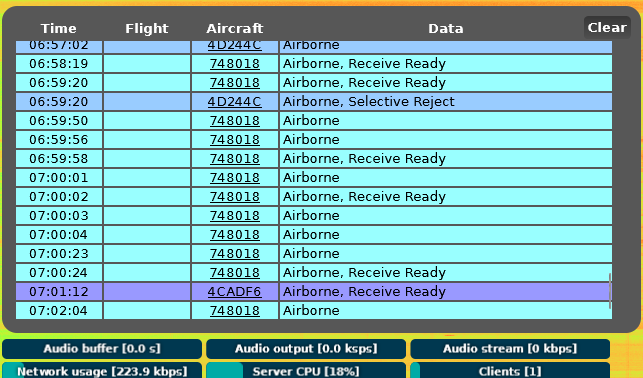
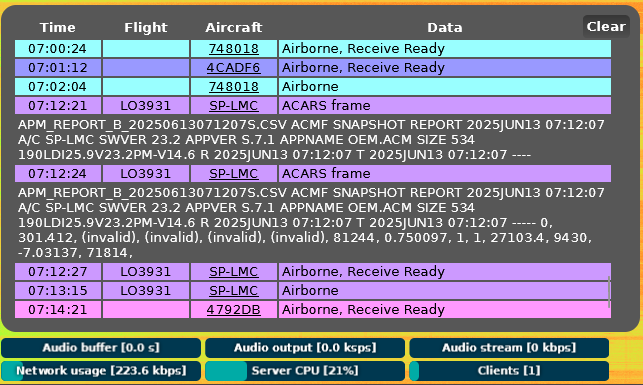
A Live Conversation from 300 Kilometers Away
My most jaw-dropping moment, though, came while scanning the amateur radio bands. I stumbled upon a conversation that, by the laws of physics, I shouldn't have been able to hear. It was a live, direct conversation between two radio amateurs. One was in Tulce, a village just outside Poznań. The other was in Warsaw.
And I, located in Greater Poland (north of Poznań), could hear both sides of their conversation crystal clear.
The distance between them? Roughly 300 km (about 185 miles). In normal conditions, for VHF radio, this is impossible since the signals are limited by line of sight. But I was witnessing the magic of tropospheric ducting ("tropo"), a weather phenomenon that creates a natural "tunnel" in the atmosphere, guiding radio waves over incredible distances. My directional antenna, pointed east, was in the perfect spot at the perfect time. It was a powerful, tangible demonstration of nature bending the rules.
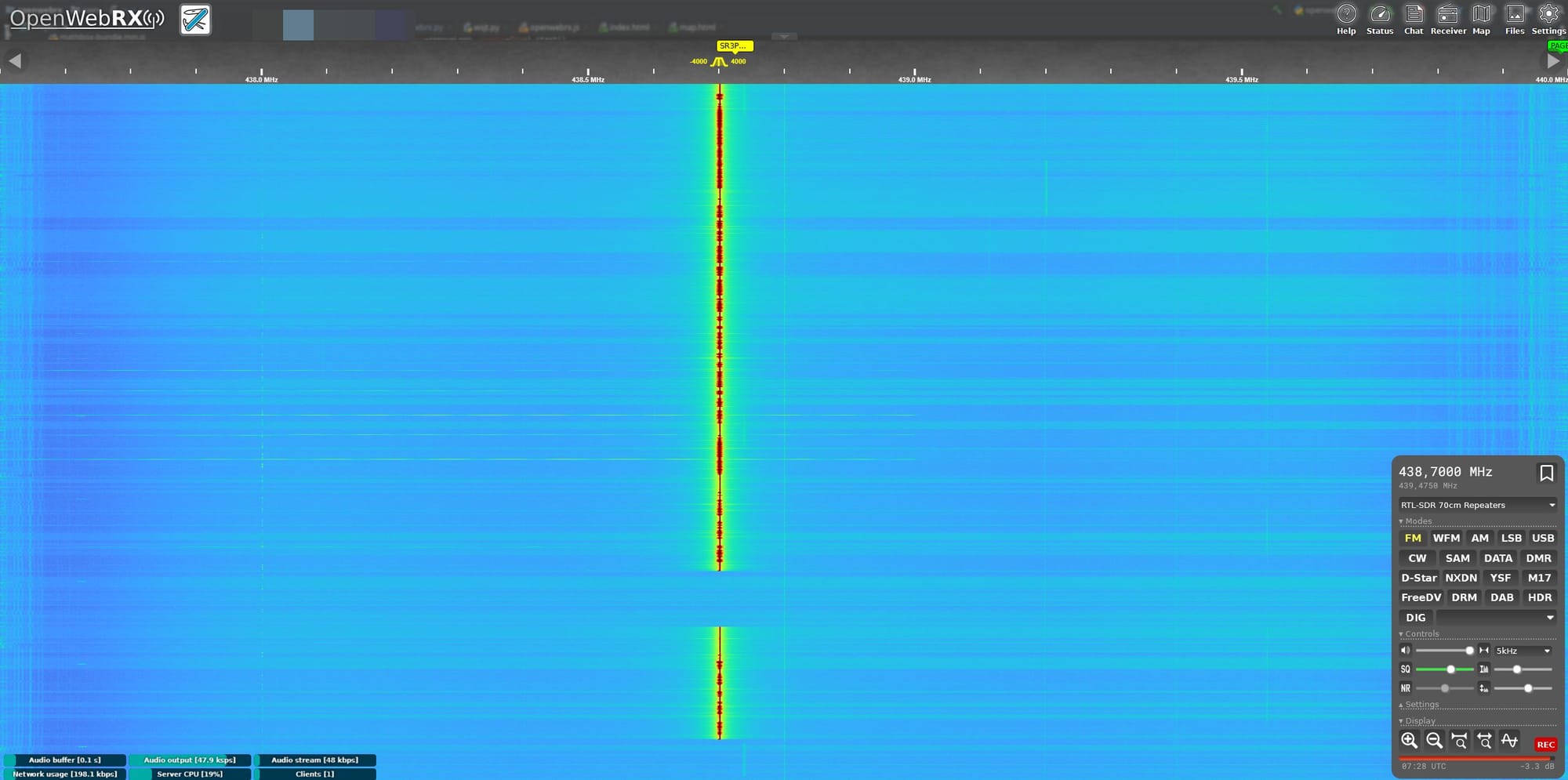
What's Next on the Dial?
This adventure has already been incredibly rewarding, but I know I've barely scratched the surface. There's one goal I'm still chasing: listening to the pilots.
I can see their planes and decode their data, but I have yet to tune into the Airband (118-137 MHz), switch to AM modulation, and hear the actual, human conversation between cockpit and control tower. That's the next frontier for me, to finally put a voice to the blips on the map.
Beyond that, new mysteries have already presented themselves. There's an unidentified "buzzer" on 120 MHz that could be some form of data or just local interference. I've seen traces of digital pager ("PAGE") and other unidentified digital ("DIG") signals that my system can't decode yet. And the world of HF, with its famous numbers stations and global broadcasters, remains largely out of reach for my current antenna.. The adventure is just beginning.
For any tech enthusiast looking for a new challenge, I can't recommend SDR enough. It's a perfect fusion of hardware, software, and pure exploration. In a world of digital abstraction, there's something uniquely satisfying about capturing a real signal from the air and uncovering the story it has to tell.
Support This Blog — Because Heroes Deserve Recognition!
Whether it's a one-time tip or a subscription, your support keeps this blog alive and kicking. Thank you for being awesome!
Tip OnceHey, Want to Join Me on This Journey? ☕
While I'm brewing my next technical deep-dive (and probably another cup of coffee), why not become a regular part of this caffeinated adventure?
Subscribe
